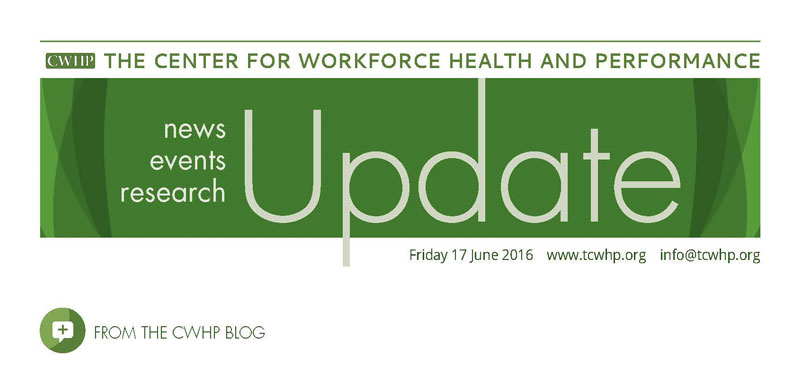CWHP Newsletter Launches

Each month CWHP will consolidate key content from the prior month in the form of a newsletter. These newsletters will be archived in the News & Events section of the website. The June 2016 issue can be downloaded here. The July 2016 issue can be downloaded here. If you would like to be added to our newsletter sign-up here.






